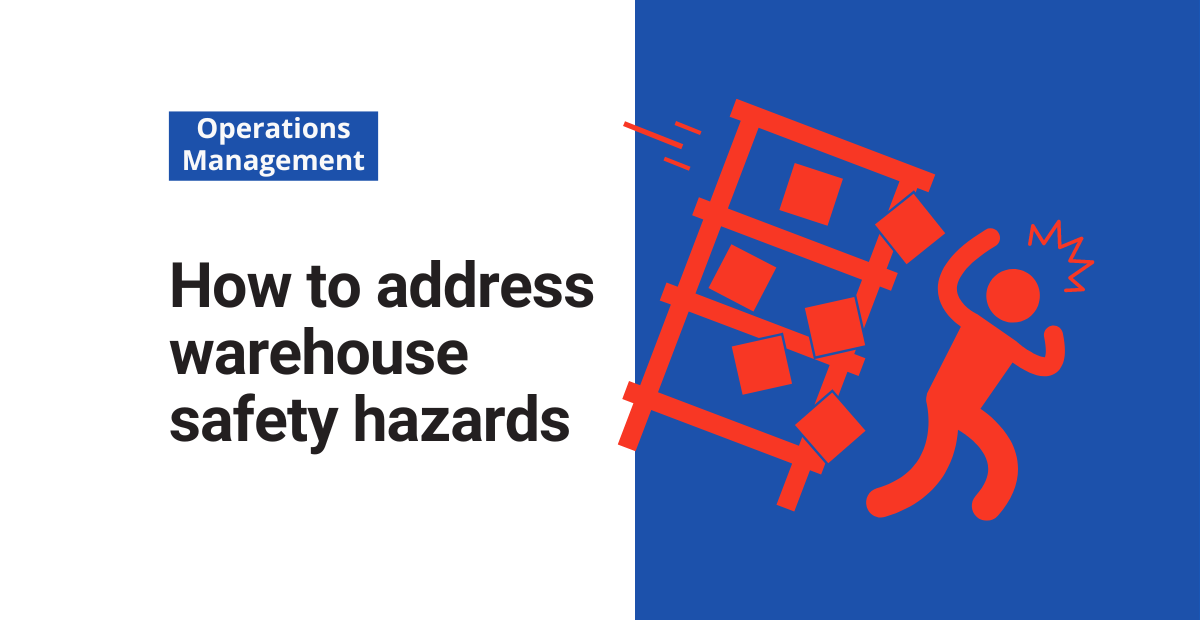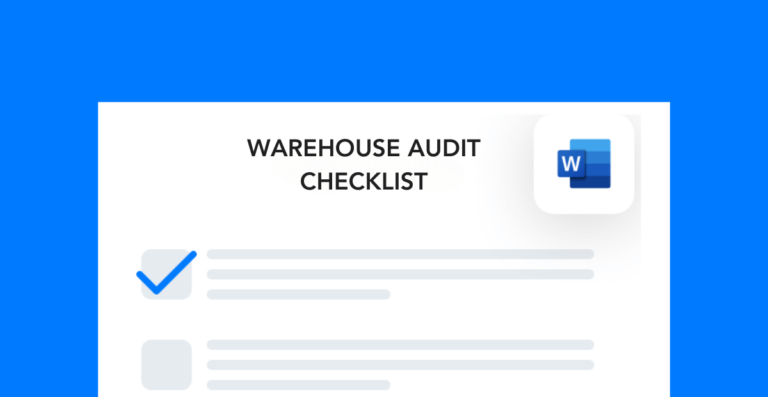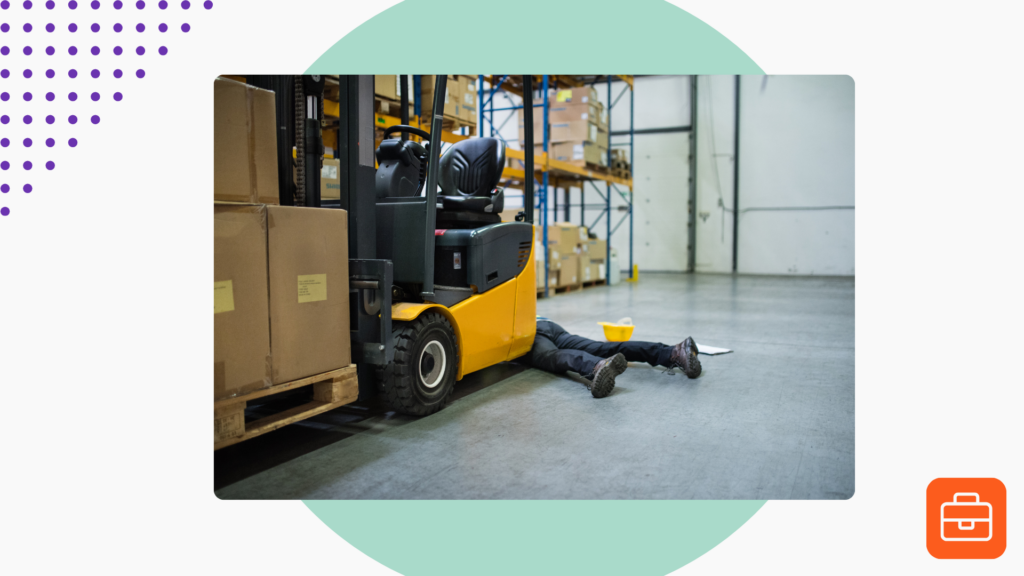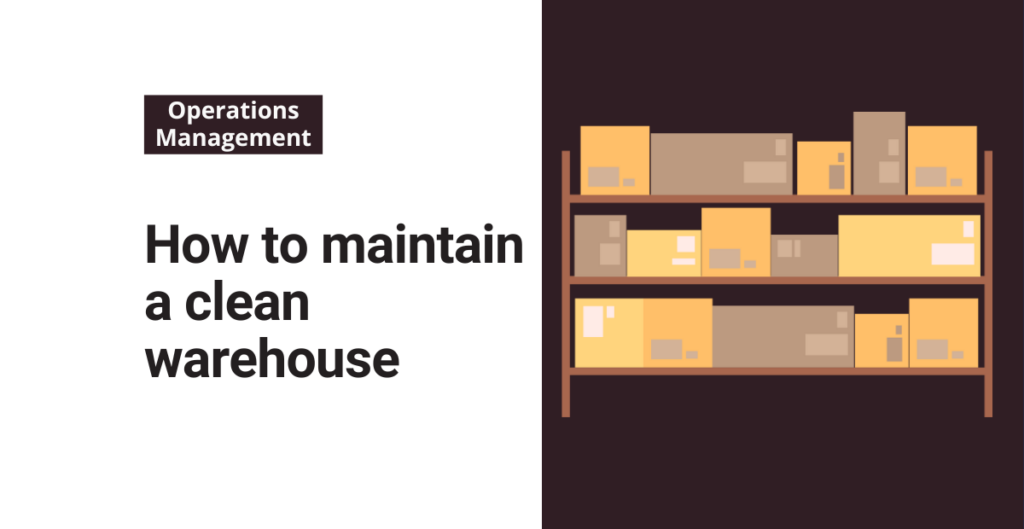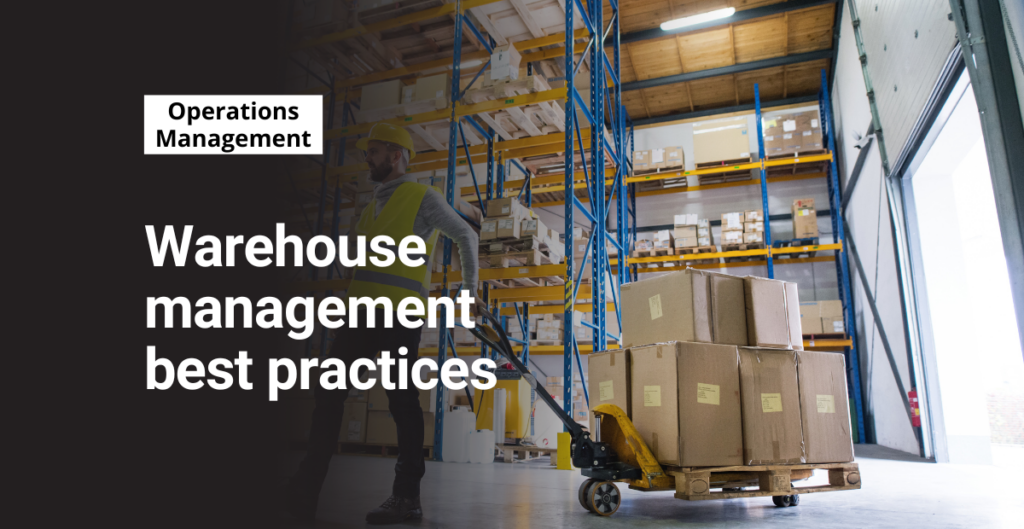Warehouse safety hazards often reoccur, making it essential to implement a structured approach to identify, address, and prevent them effectively. By systematically tracking various safety strategies and documenting outcomes, organizations can develop sustainable methods to mitigate these hazards.
Free Checklist!
Conduct a thorough warehouse audit with this checklist. Customize the line items for an even more site-specific resource.
Perform Routine Hazard Assessments
Regular hazard assessments are crucial for identifying and controlling workplace risks. These evaluations should encompass various aspects of the warehouse environment, including:
- Personal protective equipment (PPE)
- 5S workplace organization
- Specific operational processes
- Heavy machinery, equipment, and tools
- Walkways and overall building layout
Conducting these assessments routinely allows for the early detection of hazards, reducing their potential impact on safety. Rotating the focus of assessments across different areas or equipment ensures comprehensive coverage and helps identify persistent issues that may require more in-depth analysis.
Pro Tip: Simplify and streamline your assessments with a Mobile EHS App that allows your team to capture and track issues in real time, directly from the field.
Eliminate Common Hazards First
Addressing prevalent safety hazards can free up resources to tackle more complex issues. Common warehouse hazards to prioritize include:
- Lockout/tagout procedures
- Powered industrial truck (PIT) accidents
- Slips, trips, and falls
- Moving parts on heavy machinery
- Falling objects
- Repetitive motions leading to strains and sprains
These hazards are widespread across various warehouse settings, and ample research and best practices are available to guide their mitigation.
Document Your Approach
A common oversight in safety management is the failure to document actions taken to address hazards. Without detailed records, it’s challenging to determine which strategies are effective. Implementing a workflow that requires logging all hazard-related activities, such as corrective and preventive actions, hazard assessments, process improvements, equipment changes, and hazard-specific training, can provide valuable insights. While manual documentation is possible, many warehouses adopt action tracking systems to streamline this process and maintain organization.
Need help setting up an effective system for resolving safety issues? Explore our Corrective and Preventive Action Plan guide for a proven framework you can apply to any warehouse environment. While manual documentation is possible, many warehouses adopt action tracking systems to streamline this process and maintain organization.
Example of Hazard Documentation with Frontline ACT
Consider the replacement of a worn-out stop sign. Documenting details like the sign’s location, replacement date, and brand used can reveal patterns, such as:
- High-traffic areas needing frequent replacements
- The average lifespan of stop signs
- Materials required for replacements
- Most durable brands
Such information is invaluable, especially if incidents occur in the same area, allowing for a review of maintenance history and contributing factors.
Replicate Your Successes
When a safety solution proves effective, it’s beneficial to adapt and apply it to other areas facing similar hazards. For instance, if a particular type of hook successfully manages harness storage in one department, implementing the same solution across other departments, like outbound, inbound, vendor returns, and shipping docks, can enhance overall safety. Evaluating each successful intervention for broader applicability can lead to more efficient hazard mitigation and increased workforce engagement.

